Good afternoon everyone for all of our friends who are at Blurtter and have been joining Blurtter for a long time, hopefully we are always healthy and can always carry out activities as usual. So on this occasion I want to write a little bit about Forest Cockroachh | Photography | Macro hopefully later it can become a memory for myself, and for other friends who are already married, don't forget to also give directions and input if later in my writing there are still words- words that are not polite, therefore I apologize once again.

Cockroaches, cockroaches, or coro are one of the hemimetabolous orders of insects (Blattodea) belonging to the class Insecta. This order consists of 4000 species, 2 superfamilies and 6 families. Cockroaches are found in almost all parts of the world, except in the polar regions. Cockroaches are closely related to the mantis mantis (Mantodea) and termites (Isoptera). Among the best-known species are the American cockroach, Periplaneta americana, which is 3 cm long, the German cockroach, Blattella germanica, which is ±1½ cm long, and the Asian cockroach. , Blattella asahinai, also about 1½ cm long. Cockroaches are often considered a pest in buildings, although only a few of the thousands of species of cockroaches fall into this category. cockroaches vary in size, from 2 mm to 6 cm. The largest cockroach is Megaloblatta blaberoides which measures 10 cm if counted with the tegmina. Several species of cockroaches are semi-aquatic animals, although most cockroaches are terrestrial animals. Sexual dimorphism is sometimes seen in some species. Nocturnal and diurnal cockroach species have striking color differences. Nocturnal cockroaches are generally depigmented, while diurnal cockroaches are conspicuously bright. The brightly colored diurnal cockroaches have various functions such as indicating that the species is dangerous because it has toxic defense compounds or to imitate other insects. Most species of cockroaches have poor flying abilities despite having wide wings. Cockroach wings for some taxa have been lost or reduced. Some species of cockroaches that live underground, in burrows or crevices where conditions are stable enough are prone to losing their wings. Cockroaches can be found in all habitats, from canopy forests to social insect nests. The cockroach's preferred habitat is dark, poorly ventilated, damp, cramped, and messy. Cockroaches are common in the tropics from 30 degrees north latitude to 30 degrees south latitude. Cockroaches are usually found in piles of leaves or lumps of soil

Giant cockroaches can also be called forest cockroaches because these types of cockroaches usually live in forests, but there are also several species that live around yards where humans live. In accordance with the nickname giant cockroaches, most types have large body sizes with a range of about 7 to 10 cm, have a stocky oval body shape that is black to brown in color and have chewing biting mouths and short antennae. Giant cockroaches are not like the usual cockroaches that live around human habitation and smell, instead these cockroaches live and live in weathered trees, debris and rocks and eat rotting plants, mushrooms or dirt and also don't smell. Most female giant cockroaches don't have a pair of wings, while the males have a pair of wings that are quite thick, but there are also several other types that don't have a pair of wings. Giant cockroaches belong to a group of insects that are beneficial to the natural environment, because they act as decomposers in living things that have died and decayed. Several types of giant cockroaches have amazing uniqueness, some of which can produce a hissing sound like the hiss of a snake while other types have fidelity in pairs. As mentioned earlier, several types of giant cockroaches are unique, some of which produce a hissing sound. One type of giant cockroach that produces a hissing sound is the Madagascar giant cockroach "Gromphadorhina portentosa" which comes from the African island of Madagascar. This Madagascar cockroach, both female and male, both do not have a pair of wings and have an oval body shape and are black-brown in color, the male has a larger body than the female and has a small horn on the front chest (pronotum). The hissing sound of the Madagascar cockroach is unique, which resembles the hiss of a snake, where this hiss is produced by forcibly expelling air through the respiratory openings (spiracles) on each segment of their body. This method of producing a hissing sound in Madagascar cockroaches is very unusual, because most of the insects that emit or produce sound do so by rubbing various parts of their bodies (stridulation), one of which is rubbing between the two halves of the base of the front wings (tegmen) in male crickets.
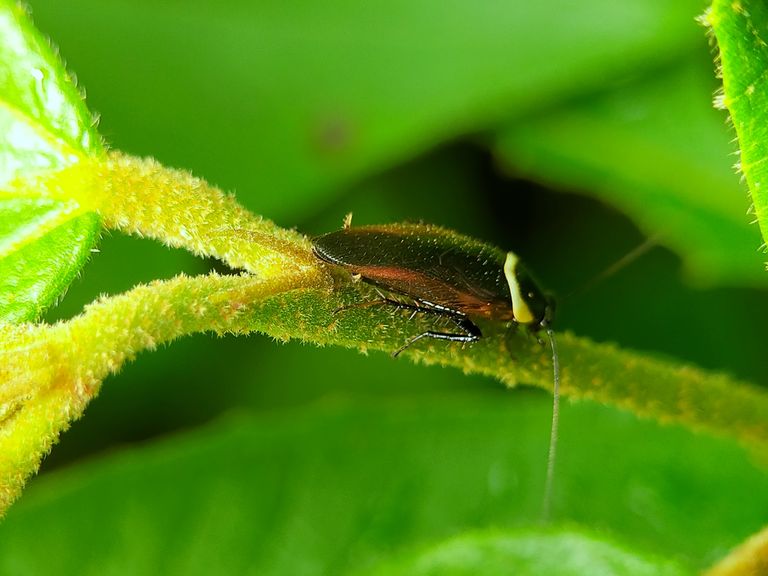
The hiss produced by the Madagascar cockroach is divided into three types according to its function, including a disturbance hiss, a hiss that attracts the attention of the female, and an aggressive fighting hiss. The first is the disturbance hiss, this hiss is used as self-protection when the Madagascar cockroach is approached by a predator or human so that the hiss will give a startling sensation when it is about to be touched. All Madagascar cockroaches of the fourth instar cycle and older are capable of producing this nuisance hissing sound. The two hiss that attract the attention of the female, this hiss is only owned by the male Madagascar cockroach which functions to attract the attention of the female to want to mate and this hiss will always sound during the mating. The three fighting hisses, this hiss is used when male Madagascar cockroaches are challenged by other male cockroaches and this behavior is in an effort to protect their territory (territorial), during the fight the male Madagascar cockroaches will push each other using their horns or stomach and a longer and louder hiss in fights they are generally the winner. As a result, the hissing sound produced by the Madagascar cockroach is very unique, it has attracted some humans to keep them as unique and exotic pets. They usually put these cockroaches in a container or aquarium accompanied by an artificial ecosystem so that the cockroaches feel comfortable. In addition, in several countries such as Mexico, Madagascar cockroaches are used as an alternative food source that contains protein and adds uniqueness to its culinary offerings. They make it into various processed foods such as chocolate with a sprinkling of Madagascar cockroaches which are sold in the market. Because these Madagascar cockroaches can be used as pets and also food by some humans, these cockroaches have also been cultivated and can be purchased at pet stores or from Madagascar cockroach breeders directly.
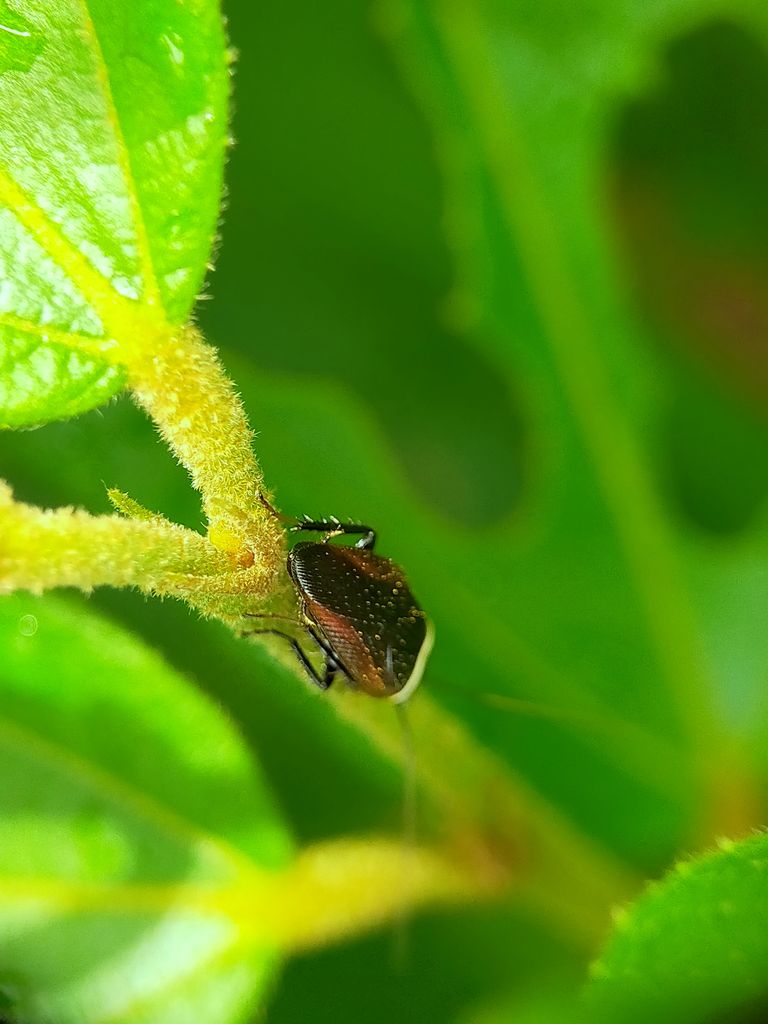
Furthermore, another interesting feature of giant cockroaches is true fidelity in a pair. Yes, this uniqueness occurs in several types of giant cockroaches, one of which is the giant Taiwanese cockroach "Salganea taiwanensis". This type of giant cockroach is known to have eternal loyalty in pairs, where after the marriage period is over they will eat each other's partner's wings like eating and being eaten in turns for days until nothing is left. The unique fact of eating each other's wings is as reported by "Science Alert" that a group of researchers has collected a living "specimen" of wild giant cockroaches in the forests of Japan which has the scientific name "Salganea taiwanensis". The researchers videotaped 24 pairs of giant cockroaches over three days to find out what the cockroaches were doing and investigate the reasons why they behaved the way they did. Most of the time after the mating is over, the giant taiwanese cockroaches will eat each other's wings and the couple eaten by their wings in the video remains completely motionless. Then, more than a third of the time, the cockroach that was eaten by its wings violently shook its body left and right in response to the pain, sometimes making its partner stop chewing it. This feast of eating each other continues until all four pairs of their wings have completely disappeared and been devoured by their partner.
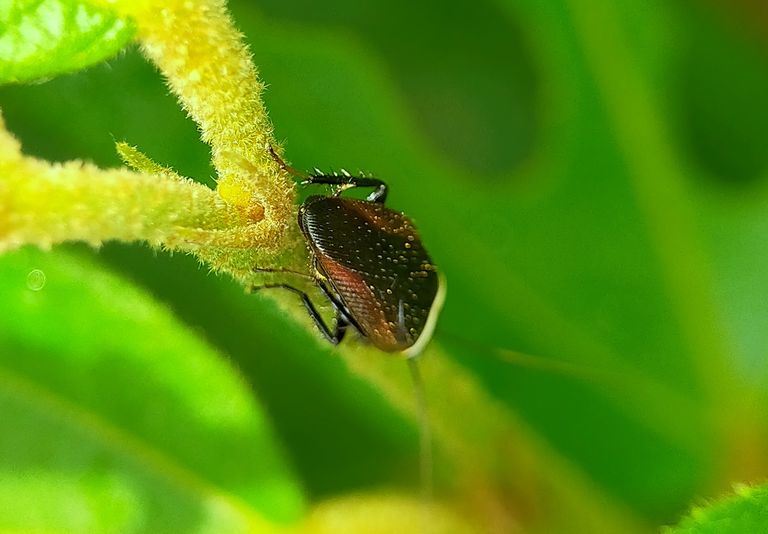
The researchers explained that the behavior of eating each other's wings in this type of Taiwanese giant cockroach is part of the practice of mutual "cannibalism" to increase the survival of their partners so that they can raise their children together for years and spend their lifetime without having to eat each other's wings. Worried about the risk of betrayal by his partner. After the female Taiwanese giant cockroaches lay their eggs and then the eggs hatch, this pair of cockroaches will provide food and protect their young (larvae) in the comfort of a hole in a weathered log and raise them together to share the burden of care. The behavior of these Taiwanese cockroaches shows that they are true animals in pairs or only pair with one partner throughout their life (monogamy). Indeed, the loyalty that this Taiwanese giant cockroach has has taught us how to be able to maintain a commitment in partner loyalty without betrayal between two creatures who love each other and have a sense of responsibility and share in living this life.
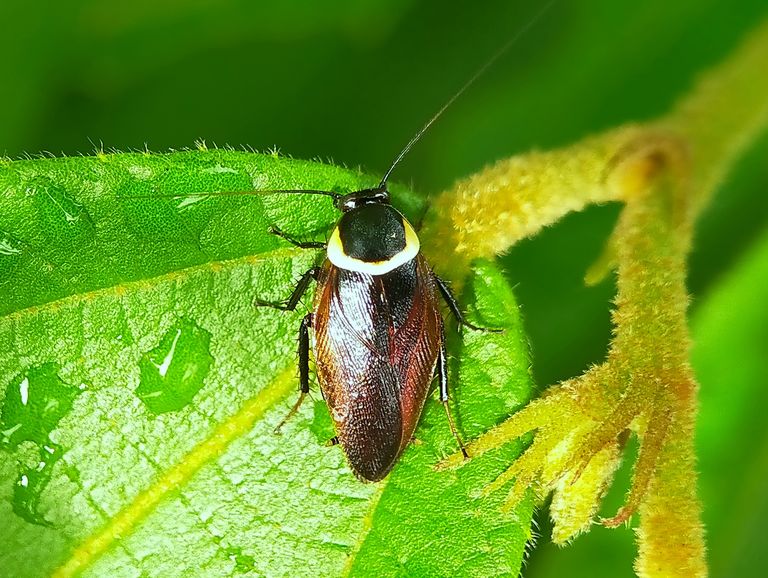
There are nearly 5,000 species of cockroaches, only about 30 of which have pest-like tendencies. A limited group of insects displaying an astonishing variety of shapes. A cockroach seen moving across the kitchen floor is an unsavory sight. This would lead most of us to believe that all cockroaches are equally disgusting. But George Beccaloni, curator of orthopteroid insects at the Natural History Museum, London, England has a different view. He defended the cockroach. "People are prejudiced against this group," he says. Less than 1% of the 4,800 known cockroach species don't bother humans, but few of us give the remaining 99% a chance. This is very unfair, said Beccaloni. He stressed the number of species of cockroaches equal to mammals. So belittling cockroaches, based on our distaste for 30 species "is like looking at all mammals as disgusting as mice," he says. I understand his view, but remain unsure. Mammals are very diverse. I remember vacationing as a child in Sardinia, when our flat was attacked by cockroaches. How different are the cockroach species? Beccaloni provides enlightenment. Most commonly found in tropical areas, low altitude with high temperatures. Even so, there are also those who are resistant in extreme circumstances. Eupolyphaga everestiana is a species that lives on Mount Everest at an altitude of 5,000 m above sea level.
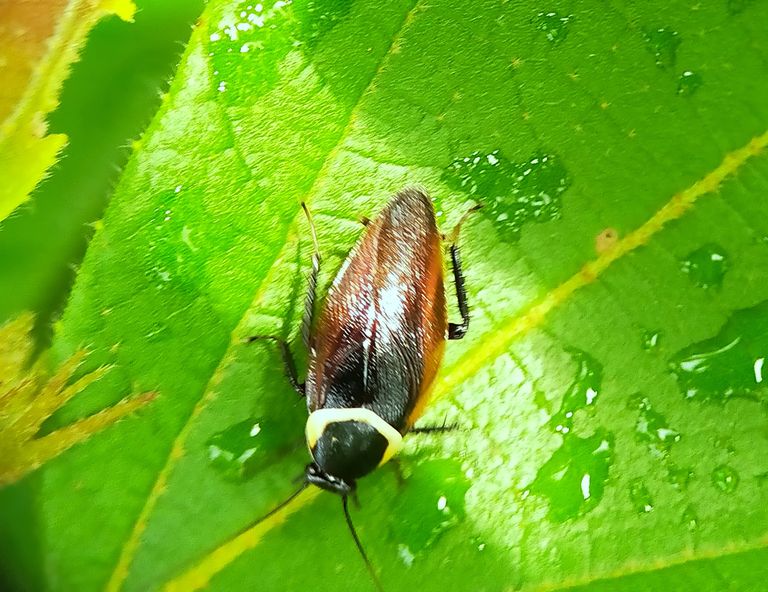
Living in such a wide variety of environments, it is not surprising that they also vary in shape and size. The smallest species on record is the ant cockroach that lives in the nests of leaf-eating ants in North America. Only a few mm long, it looks even smaller when compared to its host. Meanwhile Megaloblatta blaberoides has a wingspan of more than 18 cm. Even bigger is the giant burrowing cockroach from Queensland, Australia. This wingless insect was 8 cm long and asked 30 g. This palm-filling cockroach sounded terrifying. But they actually ignore humans. "The giant rhinoceros cockroach only feeds on tree bark and dead leaves," Beccaloni said. Most cockroaches carry out a similar ecological role, feeding on decomposed organic matter that provides nutrients for other organisms. "There are a number of signs that the ecological importance of (cockroaches) is enormous," said Beccaloni. For most species, even for some humans, cockroaches are a popular snack. This helps explain why many cockroaches find ways to deter predation. The banana cockroach (Panchlora) camouflages itself green to blend in with its surroundings. Cockroaches of the genus Perisphaerus can become armadillo-like balls. The Prosoplecta species evolved the unattractive red-black coloration of the ladybird. In order to achieve a rounded shape, the hindwings are rolled up at the tips "umbrella-like". Some species can shoot a liquid like the Pacific flea cockroach. Others, such as the Madagascan cockroach, emit sounds when disturbed to repel predators.
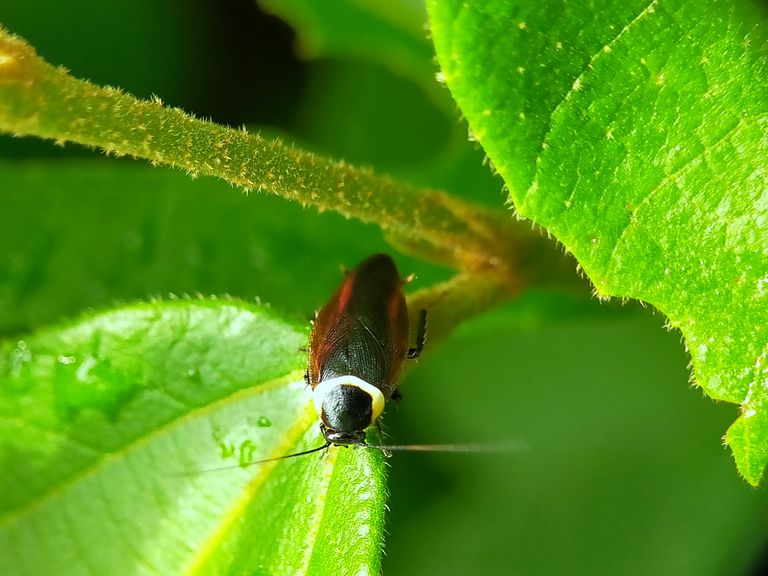
Cockroaches therefore find ways to produce more cockroaches. "Cockroaches are one of the most diverse groups, if not the most diverse of all insect groups, in terms of their reproductive biology," says Beccaloni. A number of species appear to be completely parthogenetic to thrive without sexual intercourse. Females produce copies without male assistance or sexual intercourse. In others, the female may assume a sexual or asexual role depending on circumstances. However, in most species the female does produce an oviduct. Some simply leave them, while others lay eggs in a sac on their bodies, similar to giving birth to young cockroaches. The Pacific beetle cockroach does not leave its eggs behind at all. The female lays eggs directly into the sac. She nourishes them by giving them a milk-like liquid — "the most nutrient-dense, energy-rich protein ever discovered," according to Beccaloni — before giving birth to the young. If this sounds like anything you've heard of before, well, it should. "This is a state very similar to that of a mammalian placenta," says Beccaloni. For example, mother Thorax porcellana carries her babies under her forewings. This sounds lovely, until you learn that their sharp mandibles suck blood. "They're like little vampires," says Beccaloni. With so many adaptations going on, it's not surprising that cockroaches can survive a nuclear explosion. But radiation tolerance is one thing they lack. "It's mostly an urban myth," says Beccaloni. Humans usually die instantly at a dose of 10 Grays. "Cockroaches are only about five times as immune," says Beccaloni. You can read this in English at Cockroaches are not radiation-proof and most are not pests on BBC Earth.

Likes to creep fast and fly towards you, often caught in coffee cups or leftovers, and has a unique sewage scent. These attributes are enough to make cockroaches considered a common enemy on Earth. Quoted from the BBC, hatred for cockroaches cross generations and civilizations; the ancient Egyptians concocted incantations asking the sheep-headed god Khnum to drive away cockroaches; in the ancient Roman era, the author Gaius Plinius Secundus alias Pliny the Elder talked about the "repulsive" nature of cockroaches; Although in fact it is logically illogical to be afraid of cockroaches--cockroaches are not vectors/disease agents like mosquitoes, do not suck human blood, have not been recorded so triggering a pandemic--, many people often question what their function is in a world with all its disgusting characteristics. Professor and chair of the biology department at the University of Texas at Tyler and world expert on cockroaches Srini Kambhampati answered this question in reverse by explaining what would happen if Cockroaches don't exist in the world. The massive loss of cockroaches from the face of the Earth is said to have a big impact. Insects, including cockroaches, are a food source for many species of birds and small mammals, such as rats. Although cockroaches are not the only food for these animals, their disappearance from the food list can reduce the food supply which can result in a decrease in the population of these animals. Parasitic wasps may not have much of an impact, but the reduction in the rat population will have a significant effect on the ecosystem. Mice, which act as predators, also act as prey. The decline in the population will have an impact on the food supply of predators, such as cats, wolves, a number of reptiles, to birds of prey such as eagles.
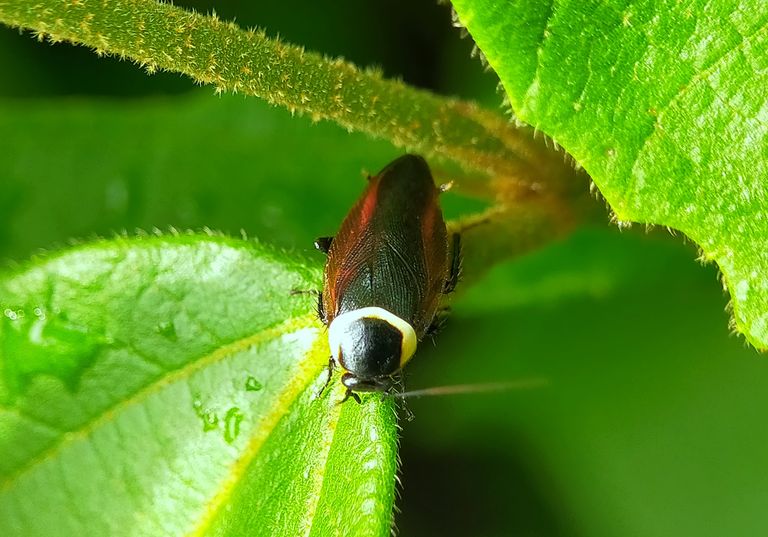
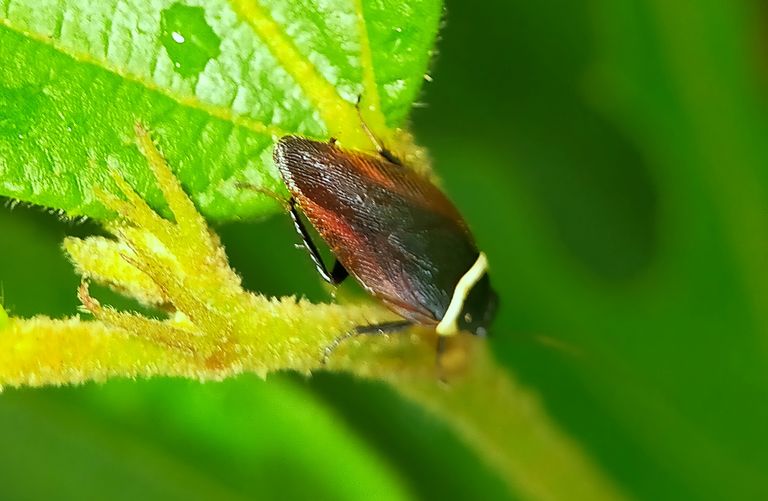
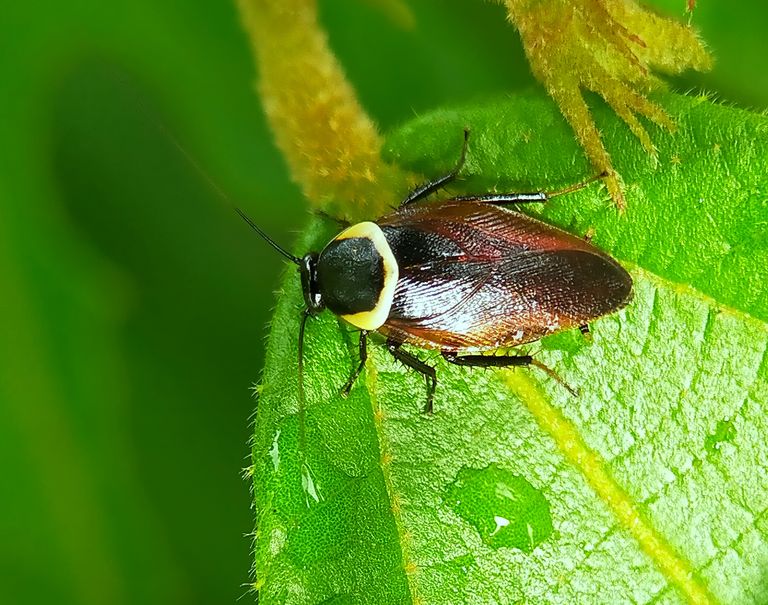
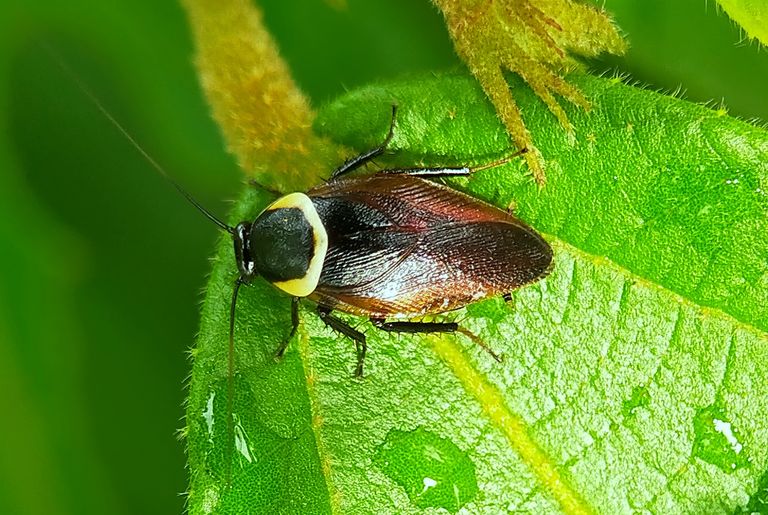
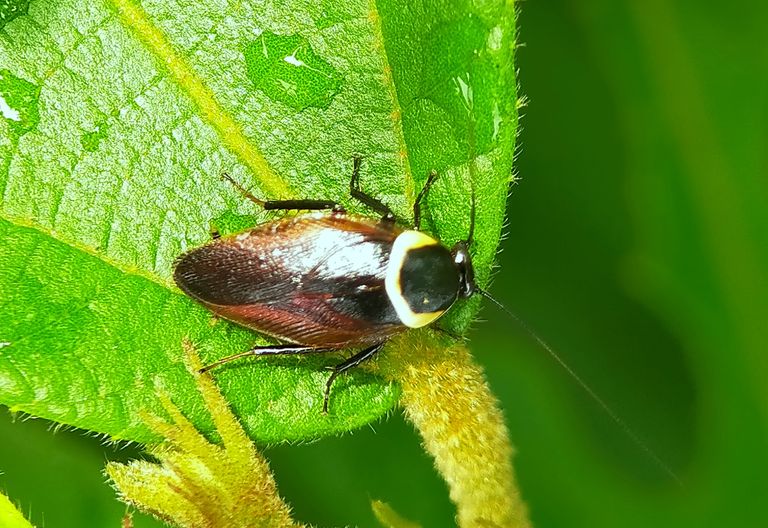
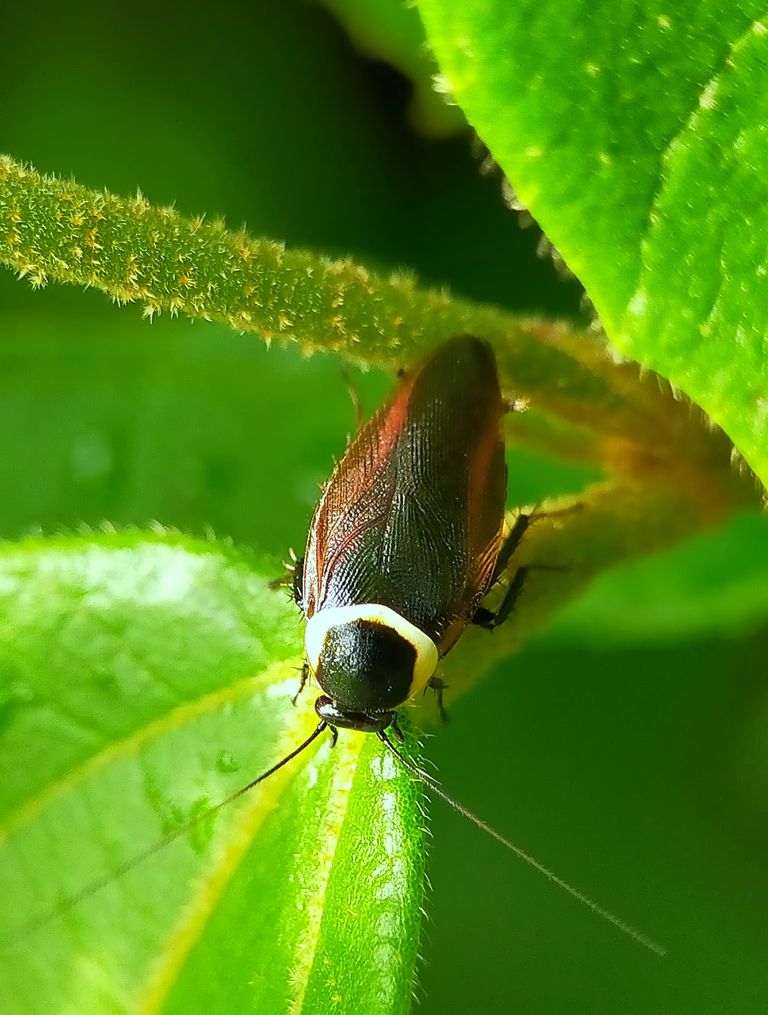
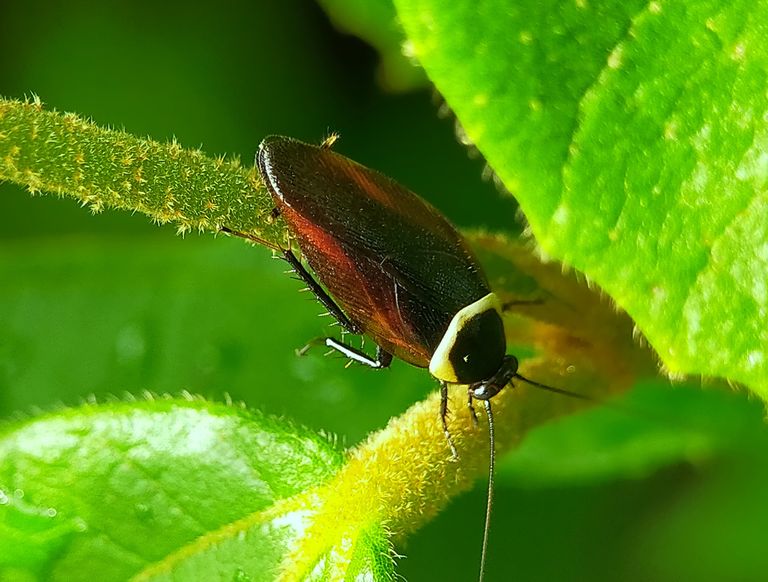
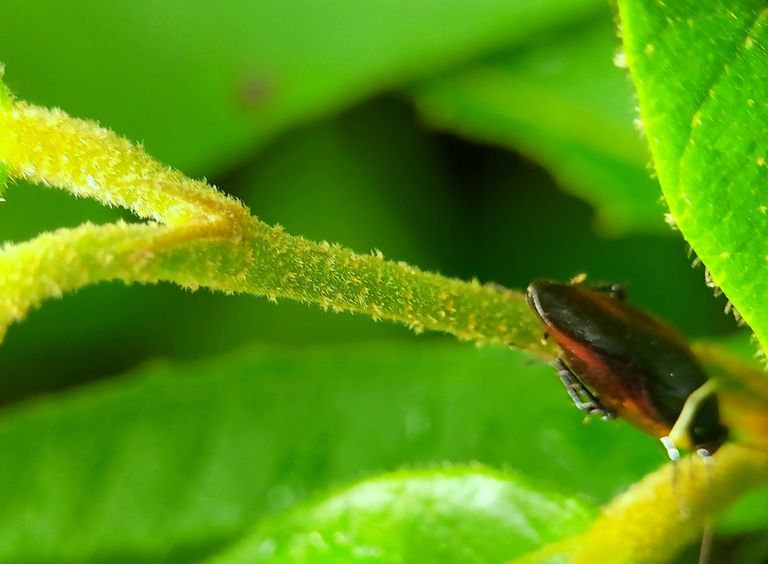
This is all I can say more and less I apologize, hopefully it will be useful for me, and hopefully it will be useful for all readers in general, thank you for visiting my blog, don't forget to follow and vote for my posts. , and one more thing, don't forget to share this post with other friends.
Thank you for visiting my blog, don't forget to follow and vote for me to post, and others don't forget to share this post with other friends.
Greetings to all on Blurtter....
** Your post has been upvoted (3.43 %) **
Curation Trail is Open!
Join Trail Here
Delegate more BP for bigger Upvote + Daily BLURT 😉
Delegate BP Here
Upvote
https://blurtblock.herokuapp.com/blurt/upvote
Thank you 🙂 @tomoyan
They say that cockroaches can never go extinct.